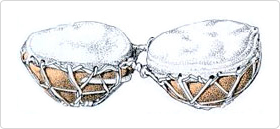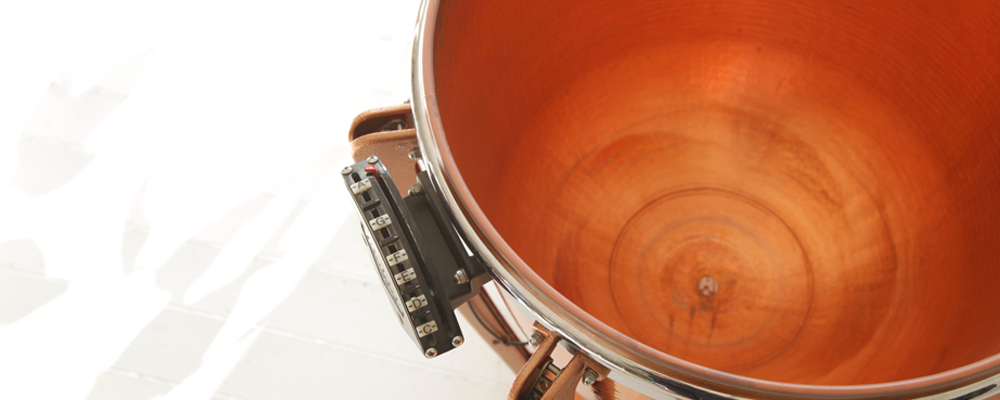The origins of the Timpani
How the Timpani Came to Be
The timpani, with its roots from ancient times
Timpani are categorized as percussion instruments. Putting aside the fact that even children know how to clap their hands in rhythm, percussion instruments are the most basic forms of musical instruments known to humanity.
Although the timpani plays a major role in an orchestra, its structure is quite simple. A skin (drumhead) is placed over the kettle-shaped body (shell) of the timpani, and the player uses a mallet to strike the drumhead. This causes the drumhead to vibrate, and the vibrations are transmitted to the shell to make the drum resonate with sound. By adjusting the tightness of the head, the pitch of the timpani can be changed, so that the drum can accurately make tones that are distinguishable as "C-D-E". This makes the timpani a pitched percussion instrument.

The naqqara, ancestor of the modern timpani
The timpani has its roots in ancient times, and can be traced back to the primitive past. The oldest drum with a plate that could be called a timpani is an artifact from the B.C. era, spanning back more than two millennia. We know that the ancient Greeks, Egyptians, Hebrews and other people used percussion instruments similar to the timpani. In particular, the ancient Greek instruments were called tympanon, which became the origin of the word timpani.

